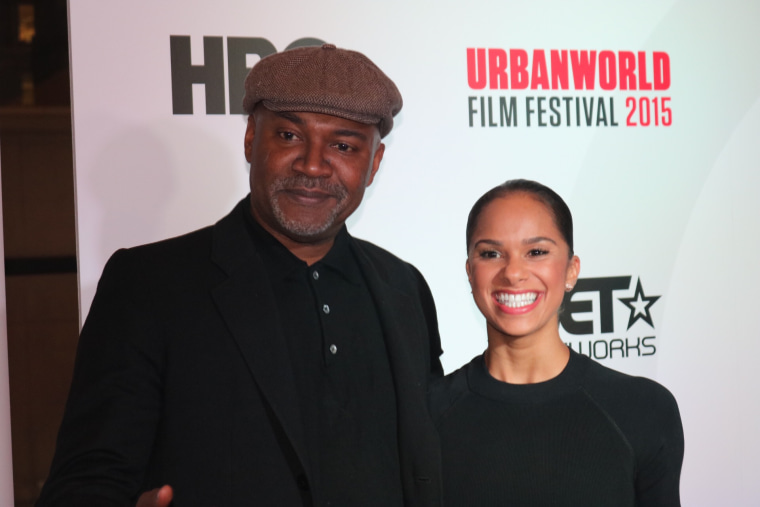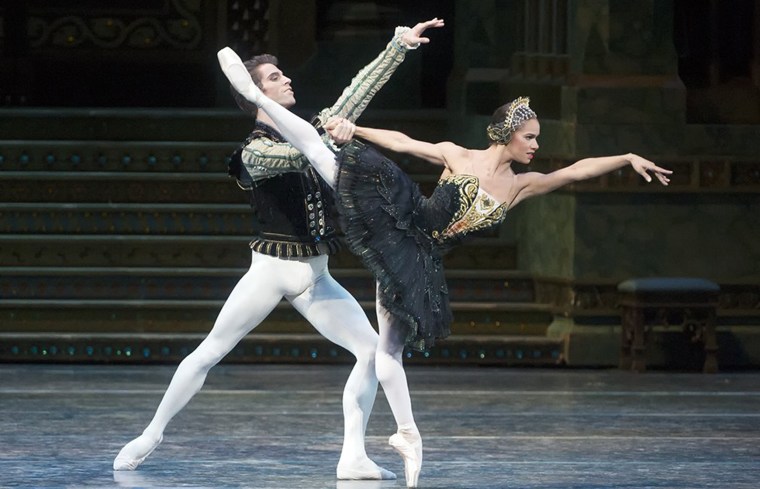The 2015 Urbanworld Festival closed out on Saturday night with the highly anticipated documentary “A Ballerina’s Tale,” which details Misty Copeland’s journey to become a principal ballerina.
The film festival, founded in 1997, is a five-day event that showcases narrative features, documentaries, short films, and spotlight screenings with the goal of redefining and advancing the impact of the multicultural community in the film world.
"A Ballerina’s Tale" is one film that is making that impact. The documentary gives an in-depth picture of Copeland’s struggles with being black in a predominantly white Ballet world and it chronicles her experience recovering from a leg fracture – one that could’ve stopped her dream of becoming a principal dancer.
Film Director Nelson George said “it was a risk” to shoot the film because he had no idea how it would turn out when they began. In a panel discussion after the film, Copeland candidly described her train of thought just after her injury.
“This is still my goal. I am old in ballet standards but I’m going to keep going. I started at 13 and that’s not typical. I’m black and that’s not typical. I got to ABT in four years and that’s not typical, so I’m still going to be a principal dancer.”
Copeland, 33, beat the odds and became the American Ballet Theatre’s first black female principal dancer in the company’s 75-year history this past June. But, it wasn’t easy and the film makes that clear. She explained that she struggled being a black dancer when she first began in the professional ballet world.
“I’ve never strayed away from being black. I’m biracial but something that my mom constantly said to me growing up was ''Yes, you are Italian, you are German, and you are black, but you are going to be viewed by the world as a black woman'.” -Misty Copeland
“I’ve never strayed away from being black. I’m biracial but something that my mom constantly said to me growing up in southern California was 'Yes, you are Italian, you are German, and you are black, but you are going to be viewed by the world as a black woman',” Copeland said. “I never felt different growing up but when I came into the ballet world as a professional I immediately felt different.”
George described feeling as though he was in the 1950’s while shooting the film.
“Some of the language that was used (to describe) black dancers, some of the stereotypical thinking about the black body, this is stuff that you might have associated with a segregated town in Alabama, but in actuality this is going on in the highest levels of a very powerful international art form,” he said.

Copeland was eventually able to embrace who she was becoming after being introduced to a plethora of black women who had blazed trails and become firsts in their fields. While only seeing herself as a Ballerina beforehand, she began to see herself as a black woman.
“I was just so happy to finally take on this identity as a black woman to represent Raven Wilkinson, Janet Collins, Virginia Johnson, and these black women that came before me.”
Raven Wilkinson, who was present at the screening, plays a major role of inspiration in Copeland’s career. Wilkinson faced severe discrimination as a black ballerina in the 1950’s. She was barred from performing in certain cities in the segregated south while dancing with Ballet de Russe and had to keep her race a secret.
Copeland said she that feels she is Raven.
To that Wilkinson replied, “She says she feels herself in us who have gone before, (and) we feel ourselves in Misty going forward.”
A Ballerina's Tale will air in select U.S. theaters beginning October 14. It will also be available on-demand and on iTunes.

